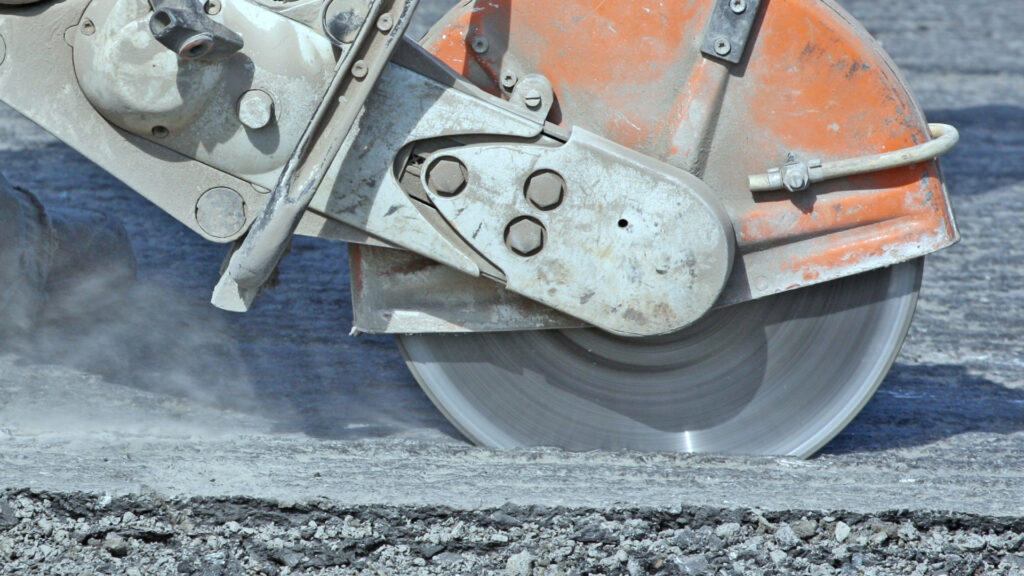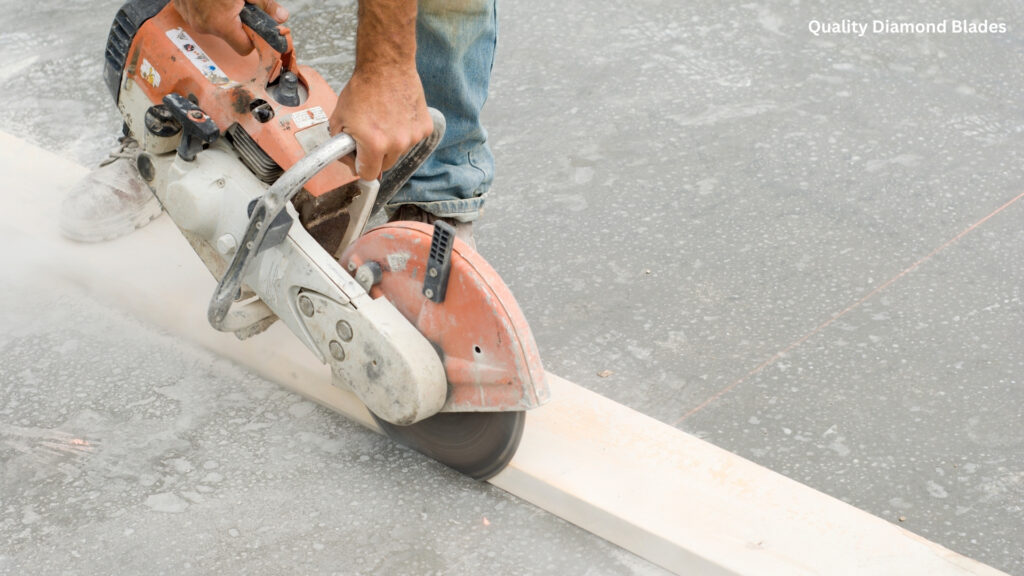Q1. What makes your asphalt cutting blades different from standard concrete blades?
Our blades are engineered specifically for asphalt and asphalt-over‐concrete applications. They use a hard-bond matrix designed to resist the aggressive abrasiveness of asphalt, and include features such as precision welded segments and under-cut protection to reduce core erosion and vibration.
Q2. Can one of your blades be used for both asphalt and concrete?
Yes — though with caveats. Our asphalt blades are optimized for asphalt environments (soft, abrasive surfaces). You can use them on asphalt-over-concrete or lighter concrete duties, but for very hard, heavily reinforced concrete it’s best to use a blade specifically designed for that material. Many manufacturers emphasize different bond hardness for asphalt vs. hard concrete.
Q3. Do your blades work for both wet and dry cutting?
Yes. Our asphalt-cutting line is engineered for both wet and dry use — meaning you can choose water-cooling or dry operation depending on your equipment and job site constraints.
Q4. What factors influence the life of the blade?
Several variables matter: the material being cut (asphalt vs. concrete), the abrasiveness and hardness of the pavement, how much reinforcement (rebar) exists, the depth of cut, whether cutting is done wet or dry, saw power and RPM, operator technique, and cooling/dust control. Blade life depends heavily on matching the blade to the job and following proper operating best-practices.
Q5. Is this blade suitable for “green” (freshly poured) concrete as well as asphalt?
Yes, it can be suitable — but since “green” concrete is typically more abrasive and behaves differently than asphalt, a blade with the correct bond hardness should be used. For example, when cutting green concrete you might need a harder bond to handle the high abrasion.
Q6. Will using the wrong blade damage the blade or the saw?
Absolutely. If you use a blade that is not matched to the material (e.g., a blade designed for hard concrete on soft asphalt), the bond may be too soft or too hard and won’t wear correctly; diamonds won’t expose properly, the blade may glaze over, overheat, or the segments might wear out too fast. This can reduce blade life and potentially strain the saw.
Q7. What size and type of saws are these blades compatible with?
Our asphalt cutting blades are compatible with handheld saws, chop saws, walk-behind saws and power cutoff saws — in wet or dry mode. They are designed to have universal fitment with most major saw brands when the arbor size and RPM limits match the blade.
Q8. How should I select the correct blade for my job?
Here’s a simple checklist:
Identify the material: Is it pure asphalt, asphalt over concrete, or concrete?
Determine thickness and depth of cut required.
Know your saw’s arbor size and RPM limit.
Choose wet vs. dry operation based on job site conditions.
Match the blade bond hardness to the material’s abrasiveness (softer bond for hard concrete, harder bond for asphalt)
If in doubt, consult our team at (661) 592-1022 or info@qualitydiamondblades.com
Q9. What safety or operational tips should I follow for best results?
Always wear appropriate PPE: eye protection, hearing protection, dust mask or respirator if dry cutting, gloves.
If wet cutting, ensure proper water flow and saw is configured for it.
Do not force the saw — let the blade do the work at proper feed rate.
Periodically stop the cut and check blade condition, particularly when cutting abrasive materials.
Maintain clean cut lines and keep debris cleared so blade doesn’t bind or bounce.
Ensure the saw is within rated RPM limits for the blade.
These practices help maximize blade life, cut quality, and operator safety.
Q10. What warranty or guarantee do you offer on these blades?
We stand behind our blades with a satisfaction guarantee and promise high performance when used appropriately. If you believe your blade failed prematurely under normal usage for the intended application, get in touch — we will review the usage conditions and determine eligibility for replacement or credit.


